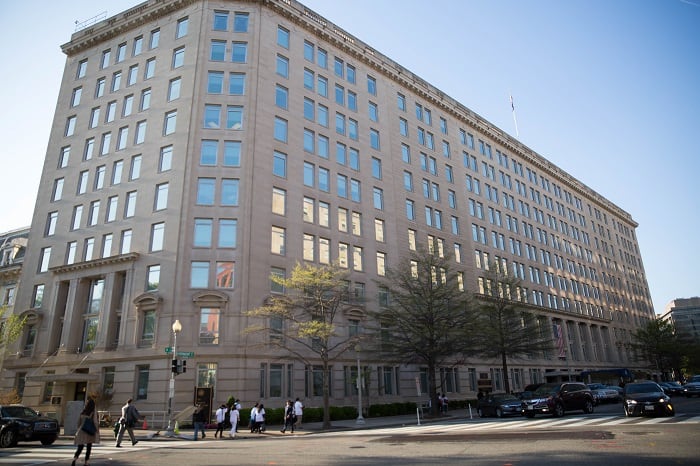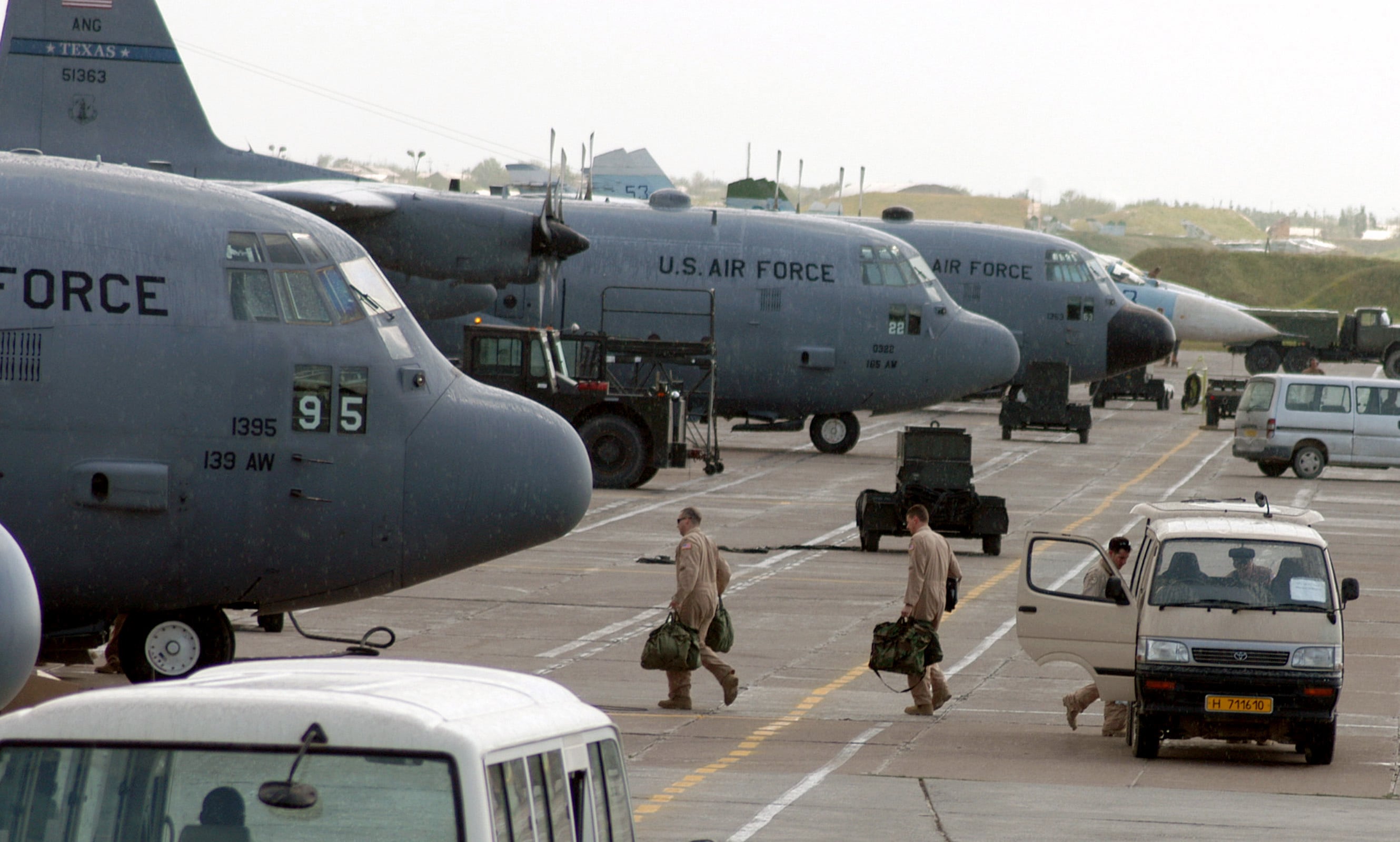The silent service spoke, and the Navy listened.
During an April all hands call convened by then-Chief of Naval Operations Adm. John Richardson at Washington’s Naval Base Kitsap, sailors wondered if he could resurrect the submarine torpedoman’s mate rate.
It was absorbed into the machinist’s mate rate in 1995, but on Tuesday it was born again.
Machinist’s mates assigned to subs last night transformed into torpedoman’s mates, a change the Navy said “will renew the heritage and pride" among those who man the tubes, according to an announcement posted Monday.
Out of a force of roughly 21,000 sailors, the reestablished rating affects nearly 1,100 personnel, according to Submarine Force Atlantic spokeswoman Cmdr. Jodie Cornell.
The torpedoman rating was launched in 1921 and renamed torpedoman’s mate 21 years later.
On Oct. 1, 1995 torpedomen on subs began the process of being folded into the machinist’s mates (weapons) rating.
But their underwater duties never changed. When they weren’t operating anchoring systems, they still handled, maintained, loaded, launched and stored torpedoes, Tomahawk cruise missiles and countermeasure devices.
Machinist’s mates on surface ships operate and maintain propulsion machinery and a host of other equipment. Their rates merged in 2007.
“The importance of a TM stems far beyond namesake,” said Submarine Force Atlantic’s Force Torpedoman Heath Mangrum in a prepared statement. “When the commanding officer is calling for a ready weapons posture, the TMs make sure all systems are locked, loaded and ready to go.”
The reestablishment of the rate is merely administrative. There will be no changes to exam policies or schedule beyond the name change. It also won’t alter the selection boards for chiefs and other senior enlisted personnel.
But there will be a minor uniform change. The rating badge will revert to the one that was in use before the Navy discarded the title in 1995.
In other sub news, the Navy announced Tuesday it was reestablishing its Submarine Group 2.
Based in Norfolk and commanded by Rear Adm. James Waters, the move is to hike the Navy’s undersea forces across the Atlantic and through the Barents Sea amid growing threats from Russia and China.
"We will prepare forces to control the undersea domain through rigorous competitive training, and a thorough understanding of our adversaries and the environment where we both operate,” Waters, a career submariner and 1989 Naval Academy graduate, said in a prepared statement.
“Further, we will innovate and advance the art of theater anti-submarine warfare through complex fleet exercises and war games.”
The submarine group was disestablished in 2014. The Navy’s 2nd Fleet, which extends from the eastern seaboard of the U.S. through the Barents Sea, was re-established in the summer of 2018 to deter and confront threats throughout the wide area.
Courtney Mabeus-Brown is the senior reporter at Air Force Times. She is an award-winning journalist who previously covered the military for Navy Times and The Virginian-Pilot in Norfolk, Va., where she first set foot on an aircraft carrier. Her work has also appeared in The New York Times, The Washington Post, Foreign Policy and more.





